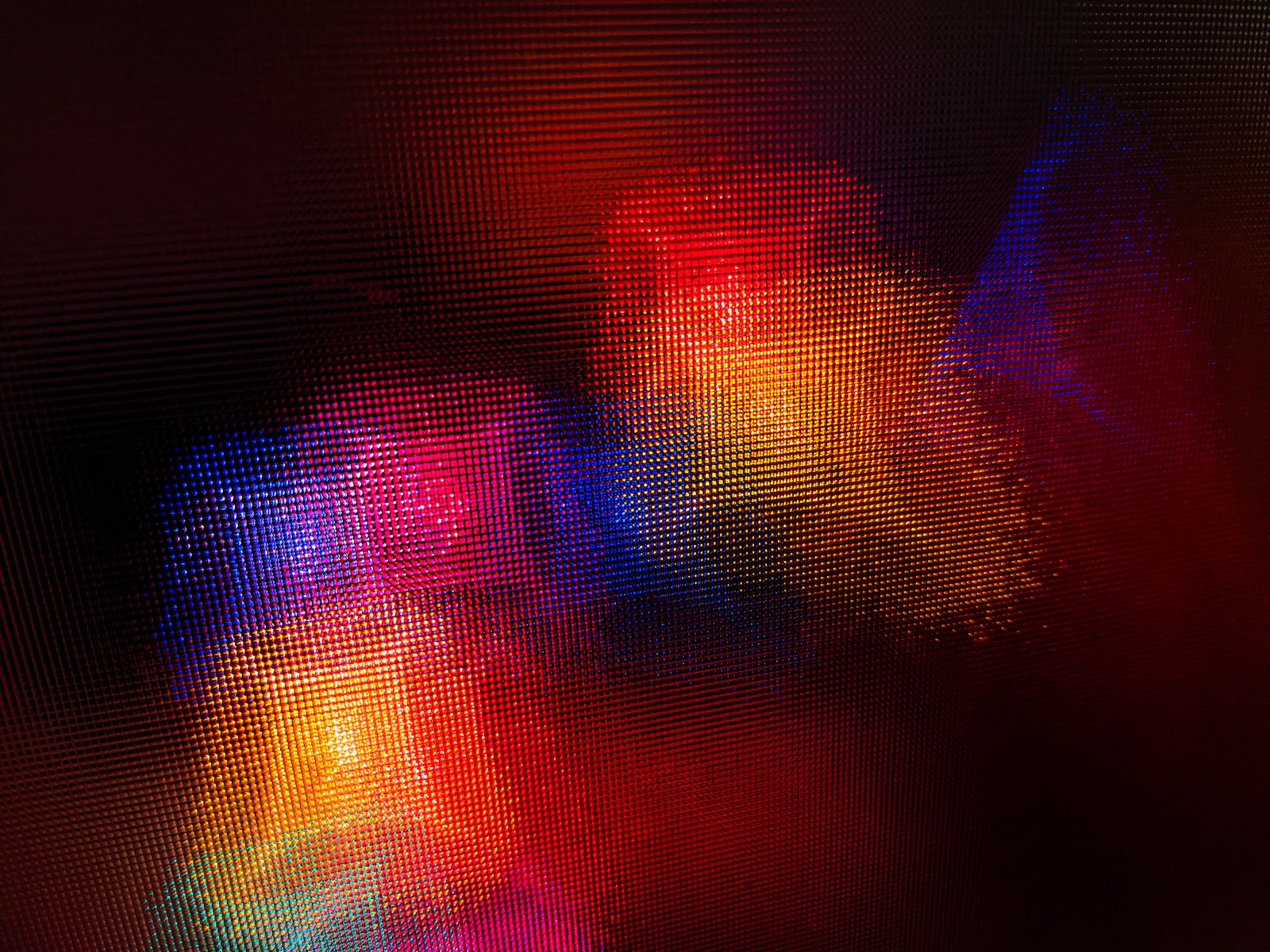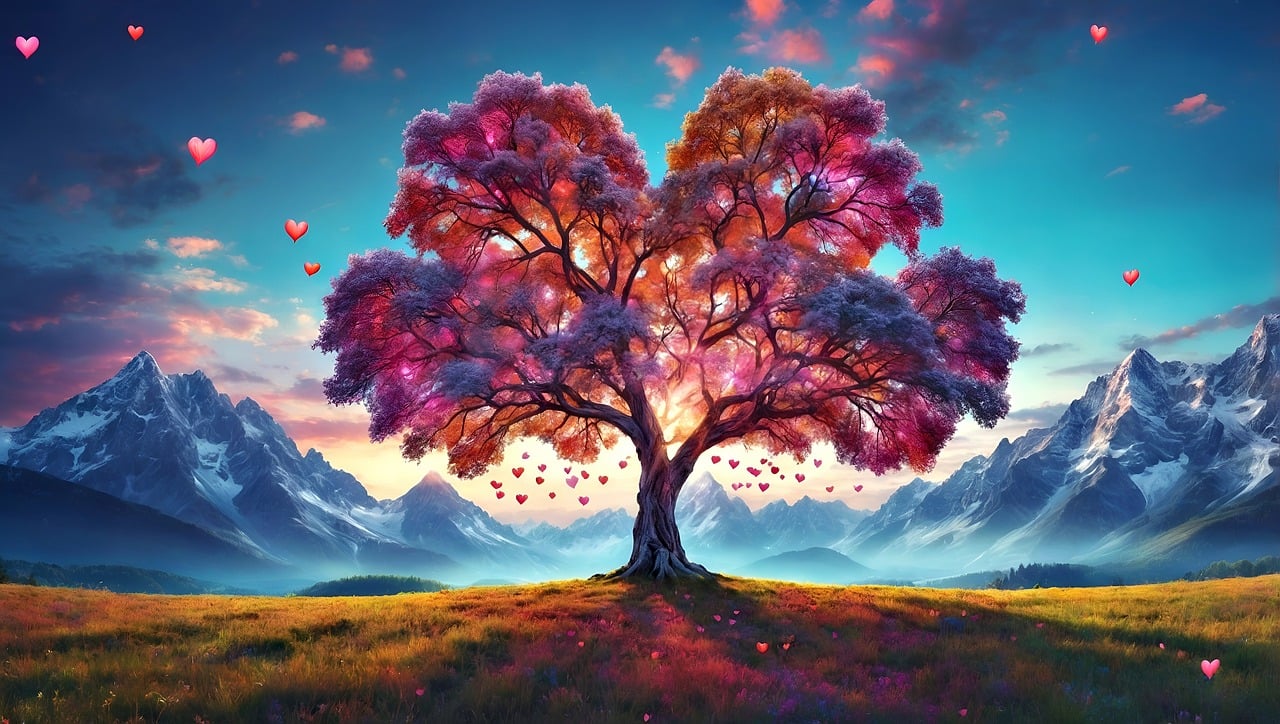The Psychology Behind Aura Colors

Before diving in, please note: This post is for informational purposes only. If you’d like to know more about how we approach topics, feel free to check out our friendly Disclaimer Page.
Hey there, amazing readers! 🖐️ Just a quick note: yes, we know there are a lot of ads here. Trust us, we get it—it’s not the prettiest look, but they help us keep this blog alive and kicking. Those pesky little ads cover the costs of all the behind-the-scenes magic, from hosting and tech stuff to creating content we hope you’ll love.
We’re committed to delivering quality posts, and your support (even just sticking around despite the ads) means everything to us. So, bear with us, and thanks for helping us keep the good vibes rolling. Now, on to the fun stuff! 😉
TRANSLATE BUTTON AT THE END OF THE ARTICLE
What Your Energy Field Reveals
For centuries, humans have been fascinated by the concept of an aura, an invisible energy field believed to surround all living things.
While scientific evidence for auras remains elusive, many believe that their colors offer valuable insights into a person’s emotions, personality, and overall well-being.
In this article, we will explore the psychological aspects of different aura colors and how they reflect our inner world.
Understanding Auras: A Holistic Approach
The concept of auras originated in ancient Eastern philosophies and spiritual traditions.
These belief systems view the human being as a multi-layered energy system, with the aura representing the outermost layer.
This layer is said to be a dynamic and fluid energy field, constantly changing and responding to our thoughts, emotions, and experiences.
The 7 Layers of the Aura and Their Corresponding Colors
Many different interpretations of auras exist, but one widely accepted model identifies seven distinct layers, each with its own color and associated psychological themes.
These layers are:
Physical Layer: Red, orange, and yellow.
Reflects physical health, vitality, and groundedness.
Emotional Layer: Orange, yellow, green, and pink.
Reflects emotional state, including happiness, sadness, anger, and love.
Mental Layer: Yellow, blue, and indigo.
Reflects mental clarity, creativity, and intellectual capacity.
Astral Layer: Blue, indigo, and violet.
Reflects intuition, spiritual connection, and psychic abilities.
Etheric Layer: Violet and white.
Reflects spiritual awareness, higher consciousness, and enlightenment.
Celestial Layer: White and gold.
Reflects divine connection and cosmic energy.
Ketheric Layer: Pure white.
Represents the highest level of spiritual attainment and connection to the divine source.
Psychological Interpretation of Aura Colors:
Each color in the aura spectrum holds specific psychological associations, offering insights into an individual’s personality traits, emotional state, and spiritual development.
Red:
Personality: Passionate, energetic, strong-willed, courageous, and assertive.
Emotions: Anger, frustration, excitement, and sexual energy.
Spiritual Significance: Grounding, vitality, and connection to primal energies.
Orange:
Personality: Creative, optimistic, enthusiastic, playful, and social.
Emotions: Joy, excitement, and a sense of adventure.
Spiritual Significance: Creativity, self-expression, and connection to the solar plexus chakra.
Yellow:
Personality: Intellectual, analytical, communicative, and confident.
Emotions: Happiness, optimism, and joy.
Spiritual Significance: Mental clarity, self-expression, and connection to the mind and intellect.
Green:
Personality: Compassionate, nurturing, empathetic, and supportive.
Emotions: Love, harmony, and a sense of peace.
Spiritual Significance: Healing, growth, and connection to the heart chakra.
Pink:
Personality: Gentle, loving, caring, and romantic.
Emotions: Unconditional love, compassion, and tenderness.
Spiritual Significance: Innocence, purity, and connection to the divine feminine energy.
Blue:
Personality: Calm, peaceful, introspective, and spiritual.
Emotions: Trust, loyalty, and a sense of inner peace.
Spiritual Significance: Intuition, wisdom, and connection to the third eye chakra.
Indigo:
Personality: Intuitive, introspective, insightful, and highly sensitive.
Emotions: Deep empathy, compassion, and a desire to help others.
Spiritual Significance: Psychic abilities, spiritual connection, and connection to the third eye chakra.
Violet:
Personality: Wise, creative, idealistic, and visionary.
Emotions: Inspiration, spiritual awareness, and a deep understanding of life.
Spiritual Significance: Enlightenment, connection to the divine, and awareness of higher consciousness.
White:
Personality: Pure, innocent, and spiritually evolved.
Emotions: Inner peace, unconditional love, and a sense of unity with all things.
Spiritual Significance: Enlightenment, connection to the divine, and the highest level of spiritual awareness.
Black:
Personality: Absorbent, introspective, and often deeply affected by external energies.
Emotions: Fear, negativity, and a sense of emotional or spiritual blockage.
Spiritual Significance: The need for cleansing, healing, and spiritual growth.
Beyond the Colors: A Holistic Interpretation
While understanding the individual colors of the aura can offer valuable insights, it’s crucial to remember that the complete picture lies in the overall color composition, brightness, size, and location of the aura.
A skilled aura reader can interpret these subtle nuances to provide a more comprehensive understanding of an individual’s personality, emotions, and spiritual well-being.
Here are some specific examples of how a holistic interpretation of the aura might be conducted:
Color Composition:
A dominant color in the aura indicates the area of focus in the person’s life.
For example, a strong presence of yellow could suggest a focus on intellectual pursuits, while a dominant blue might indicate a focus on inner peace and spirituality.
The presence of multiple colors suggests a complex personality with various aspects and interests.
The balance between different colors reflects the individual’s emotional and physical well-being.
An imbalance in color distribution may indicate areas of emotional or spiritual blockage or imbalance.
Brightness:
A bright aura signifies a strong and vibrant energy field, often indicating good health and vitality.
A dull aura may suggest fatigue, illness, or a lack of energy.
Size:
A large aura indicates a strong and expansive energy field, often associated with charismatic individuals or those who are highly sensitive to their surroundings.
A small aura may suggest introversion, a need for personal space, or a feeling of being overwhelmed by external energies.
Location:
The location of specific colors within the aura can offer insights into specific areas of the person’s life.
For example, a strong red color in the base chakra might indicate physical energy and grounding, while a strong blue color in the throat chakra might suggest clear communication and self-expression.
It’s important to note that interpreting auras is a complex skill that requires years of training and practice.
While the information provided here can offer an introduction to the psychological aspects of aura colors, a skilled aura reader can provide a much more detailed and nuanced understanding of an individual’s energy field.
Ultimately, the value of aura interpretation lies in its ability to help individuals gain a deeper understanding of themselves.
By exploring the psychological associations of different aura colors and observing how their own aura changes over time, people can gain valuable insights into their emotions, personality, and spiritual growth.
This self-awareness can be a powerful tool for personal development, healing, and living a more fulfilling life.

The Enlightenment Journey is a remarkable collection of writings authored by a distinguished group of experts in the fields of spirituality, new age, and esoteric knowledge.
This anthology features a diverse assembly of well-experienced authors who bring their profound insights and credible perspectives to the forefront.
Each contributor possesses a wealth of knowledge and wisdom, making them authorities in their respective domains.
Together, they offer readers a transformative journey into the realms of spiritual growth, self-discovery, and esoteric enlightenment.
The Enlightenment Journey is a testament to the collective expertise of these luminaries, providing readers with a rich tapestry of ideas and information to illuminate their spiritual path.
Our Diverse Expertise 🌟
While our primary focus is on spirituality and esotericism, we are equally passionate about exploring a wide range of other topics and niches 🌍📚. Our experienced team is dedicated to delivering high-quality, informative content across various subjects ✨.
To ensure we provide the most accurate and valuable insights, we collaborate with trusted experts in their respective domains 🧑🏫👩🏫. This allows us to offer well-rounded perspectives and knowledge to our readers.
Our blog originally focused on spirituality and metaphysics, but we’ve since expanded to cover a wide range of niches. Don’t worry—we continue to publish a lot of articles on spirituality! Frequently visit our blog to explore our diverse content and stay tuned for more insightful reads.







